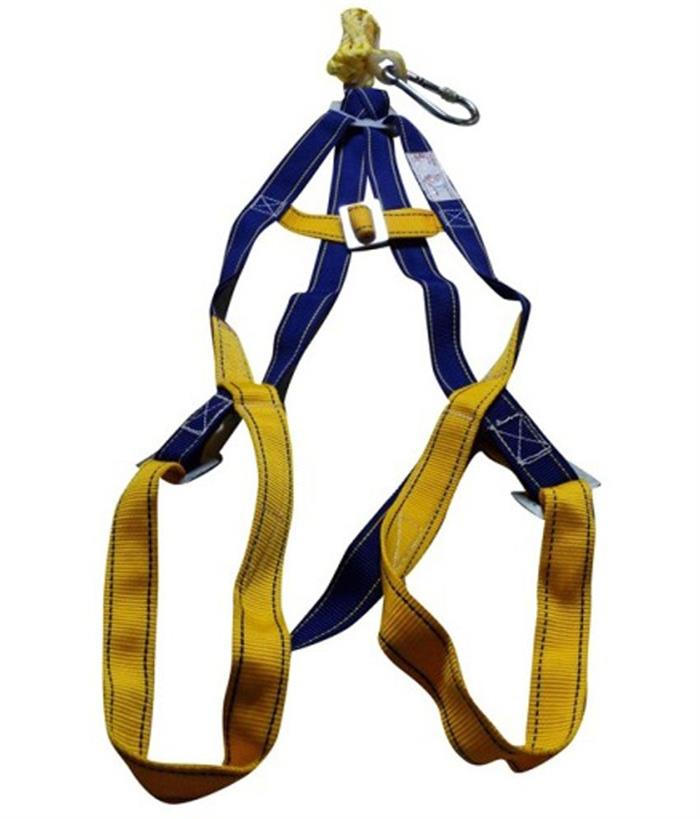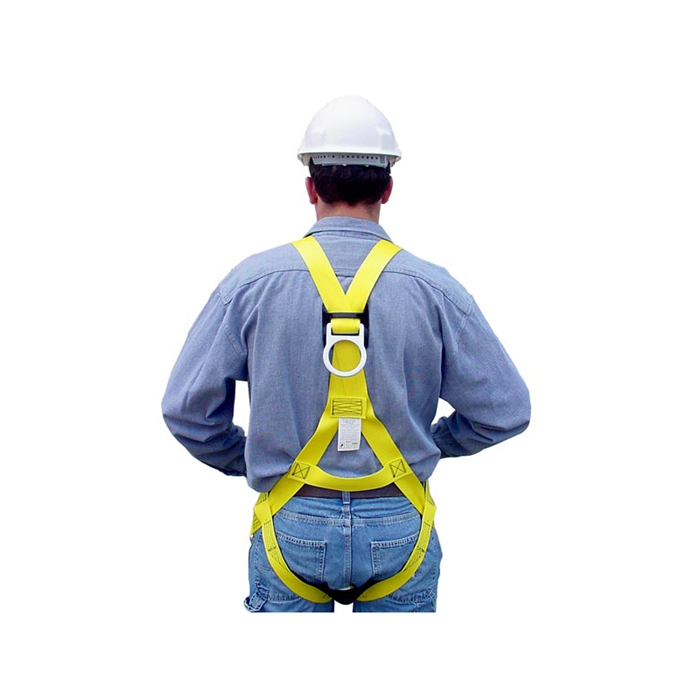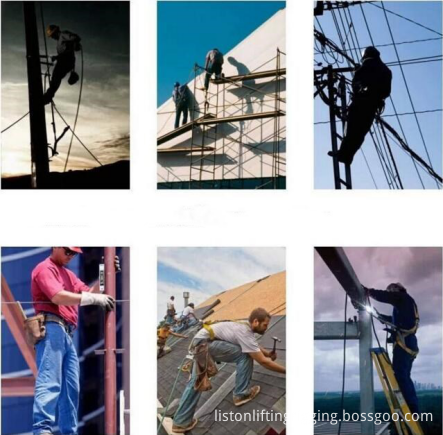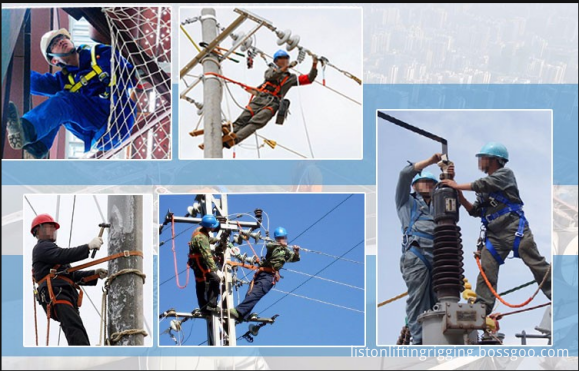Xue Xiankang, Professor, University of Science and Technology of China XIA Haiyun and PAN Jianwei, Chinese Academy of Sciences Zhang Qiang After three years of cooperation, the first time in the world developed a single-photon frequency up-conversion quantum wind laser radar to achieve the atmospheric boundary layer aerosol and wind field A series of results published in the international optical journal Optics Letters and Optics Express.
Accurate detection of atmospheric wind field is of great significance to numerical weather forecasting, climate model improvement, military environment forecasting, biochemical gas monitoring and airport windshear warning. Doppler wind lidar is widely recognized as the best method for remote sensing of atmospheric wind field in the world and one of the most challenging LIDARs listed by the World Meteorological Organization. By detecting atmospheric aerosols and wind fields, researchers can not only monitor the state of atmospheric pollution, find sources of atmospheric pollution in real time, but also predict the formation and evolution of haze.
The first prerequisite for Lidar applications is human eye safety. In 2007, the National Center for Atmospheric Research reported on human eye-safe aerosol laser radar operating at a wavelength of 1.55 microns. The energy of a single photon in the near-infrared wavelength is only 1.28 × 10-19 Joules, whereas the quantum wind lidar needs to detect the relative Doppler shift of 6.67 × 10-10 in a single photon to achieve a diameter of 0.1 m / sec accuracy To the wind speed measurement. The traditional view is that only improve the output power of laser radar and increase the area of ​​the telescope, in order to improve the lidar SNR. Due to the low quantum efficiency and high noise of the above-mentioned laser radar, the laser pulse energy reaches 0.125 Joules and the telescope diameter is 0.4 meters, resulting in complex structure, weighing several tons and large power consumption. The performance of traditional lidars has peaked due to optical damage threshold limitations and large-aperture telescope processing limitations.
In April 2015, for the first time, ChinaUK made the single-photon frequency upconversion aerosol laser radar [Optics Letters, 40, 1579 (2015)]. The self-developed periodic polarized lithium niobate waveguide was used to detect the 1.563-micron single-photon and 2-μm continuous pump light radiated by the radar, and the generated 0.863-micron photon was detected by a silicon detector. At this point, the quantum efficiency of up to 55%, dark noise is only 16 / sec. Compared with the current detection of indium gallium arsenide detectors using 1.55 μm photons (quantum efficiency 10%, dark noise 5000 / sec), the detection efficiency is improved and the system noise is reduced. The approach immediately aroused the concern of peers such as NASA, the Danish University of Science and Technology, the State University of Belarus and so on. In March 2016, the same technology was used to realize the detection of atmospheric carbon dioxide.
In August 2016, China National University of Science and Technology adopted an all-fiber polarization-maintaining frequency discriminator to measure the single-photon frequency shift. Using a weak light source (laser pulse energy of 5 × 10-5 Joules) and a small aperture telescope (0.08 meters in diameter) The first detection of atmospheric boundary layer wind fields [Optics Express, 24, 19322 (2016)]. In November 2016, using time division multiplexing, ChinaUKU reported the highest integration of quantum wind lidar currently, which not only simplifies the system structure, but also improves the system stability and reliability, and is free from periodic calibration [Optics Letters, 41, 5218 (2016)].
By improving the quantum efficiency (photoelectric conversion efficiency) and optical integration (optical efficiency of the system), integrated detection of noise suppression, to achieve continuous observation day and night, light anti-vibration, low power consumption, Lidar system suitable for airborne, shipborne, spaceborne and other platforms in harsh environments. The technology provides a new idea for small spaceborne lidar, which lays a foundation for the popularization of a cost-effective, high-stability and ultra-compact laser radar.
Modular design of quantum wind laser lidar
48 hours of continuous exploration results: a) spatiotemporal distribution of wind speed; b) wind direction distribution; c) atmospheric horizontal visibility and temperature and relative humidity [Optics Letters, 41, 5218, 2016]
General description:
We are one of the leading Manufacturers and Exporters of a wide range of Safety Harness that is used for various industrial purposes. The Safety Harness range is extensively used by laborers during construction or any other industrial purposes so that they can prevent you from any high risk possibilities.
Products overview :
1. Raw material : 100% high- quality and high strength Dacron (polyester)
2.Provided by metal buckle and metal hook
3.Colour:made according to customer request
4.Safety ,Portability, Wear-resisting, High strength
5.Product standard:EN361:2002
Material :
Poly amide fiber
Feature :
Full body harness, 1 rear attachment point, 2 front attachment point with 5 adjustable, Safety belt with PE gashes. Point, webbing 50mmm, yellow/green
Products show



Application:


Instruction and notice of body safety strap :
1.Take the D-ring on the end of rope to lift whole safety strap;
2.Wear shoulder strap first and properly adjust its length to make buttocks strap under buttocks, then wear leg strap and fasten button .Pay attention to keep strap straight without twist;
3.Fasten bosom and waist strap and adjust their tightness and make shoulder strap on the middle of shoulder .
4.For safety and comfort, don`t make safety strap too tight or too loose ;
5.Before using ,please check various parts of safety strap to ensure it is in best working condition ;
6.Propose not to exchange safety strap to avoid readjusting is ;
7.When safety strap appears abrasion ,split and other danger, must stop using it immediately;
8.Check safety strap once every year ;
9.Wash safety strap with cleanser ,place the wet safety strap in the shade to dry and avoid toasting it with fire or sunshine directly ;
10.After using and washing ,put it in the cool and dry place .
Safety Belt Harness,Safety Harnesss,Safety Belt In Construction,Safety Harness Backpack
Hebei Liston Lifting Rigging Manufacturing Co., Ltd. , https://www.liftingriggings.com